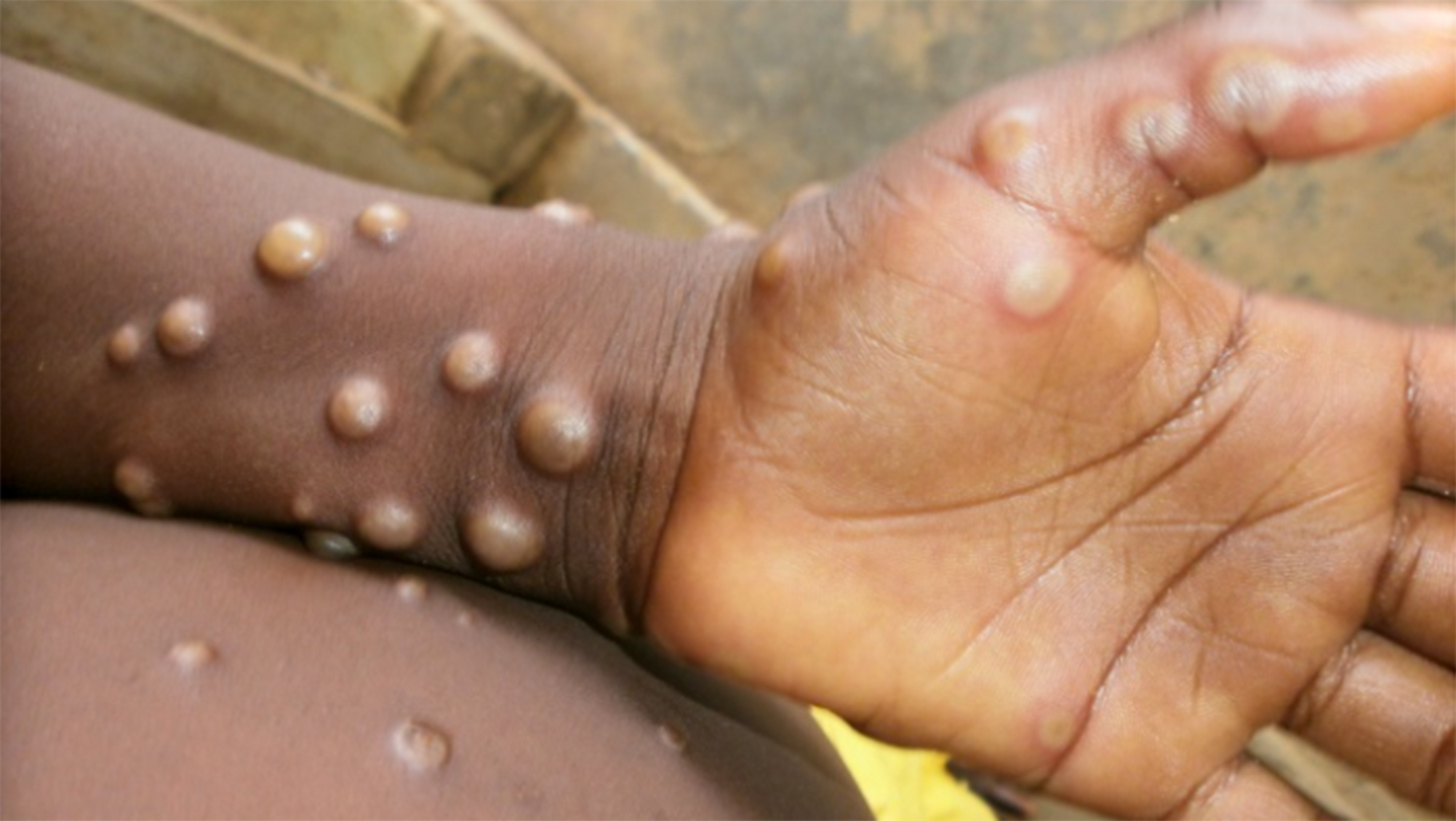Monkeypox is a rare viral disease that has recently gained global attention due to several outbreaks in non-endemic regions. Though historically confined to parts of Central and West Africa, international travel and changing environmental factors have contributed to its spread. Understanding the causes, symptoms, prevention, and treatment of monkeypox is crucial for public health awareness and personal safety.
What is Monkeypox?
Monkeypox is a zoonotic disease, meaning it is transmitted from animals to humans. It is caused by the monkeypox virus, which belongs to the same family as the variola virus—the virus that causes smallpox. Although less severe than smallpox, monkeypox can still lead to serious health complications in some cases.
Causes and Transmission
1. Animal-to-Human Transmission
Monkeypox primarily spreads through direct contact with the blood, bodily fluids, or skin lesions of infected animals such as rodents, squirrels, or monkeys. Consumption of undercooked meat from infected animals is also a potential risk.
2. Human-to-Human Transmission
While not as easily transmissible as COVID-19 or influenza, human-to-human transmission can occur via:
-
Direct contact with an infected person’s skin lesions or bodily fluids
-
Respiratory droplets during prolonged face-to-face contact
-
Contaminated materials such as bedding, clothing, or surfaces
Symptoms of Monkeypox
The symptoms of monkeypox are similar to but milder than those of smallpox. They typically appear within 5 to 21 days after exposure and can last 2 to 4 weeks.
Common Symptoms Include:
-
Fever
-
Headache
-
Muscle aches and back pain
-
Swollen lymph nodes (a key distinguishing symptom from smallpox)
-
Chills and fatigue
-
A distinctive rash that begins on the face and spreads to other parts of the body, including the palms and soles. The rash evolves from macules to papules, vesicles, pustules, and finally scabs.
Prevention
Preventing monkeypox involves both personal precautions and public health strategies:
Personal Precautions:
-
Avoid close contact with people or animals that appear sick.
-
Refrain from touching rashes or scabs on others.
-
Practice proper hand hygiene—regular handwashing with soap or the use of hand sanitizers.
-
Avoid contact with materials (like bedding or clothing) that have been in contact with an infected person or animal.
Vaccination:
The smallpox vaccine (such as JYNNEOS or ACAM2000) offers cross-protection against monkeypox. In certain regions, these vaccines are being offered to high-risk individuals and close contacts of confirmed cases.
Treatment
There is currently no specific treatment approved for monkeypox, but the disease is usually self-limiting. Most patients recover without complications. However, supportive care is essential to ease symptoms and manage complications.
Supportive Treatments Include:
-
Pain relievers and fever reducers
-
Fluids to prevent dehydration
-
Antiviral drugs such as tecovirimat (TPOXX), which may be prescribed in severe cases or for high-risk patients under emergency use authorization
Conclusion
While monkeypox is not as contagious as other viral diseases, it remains a public health concern due to its potential to spread in communities and cause significant illness. By understanding its causes, recognizing the symptoms, and following proper prevention methods, individuals and communities can reduce the risk of infection. Continued surveillance, public education, and access to vaccines and healthcare are key in controlling the spread of monkeypox globally.
